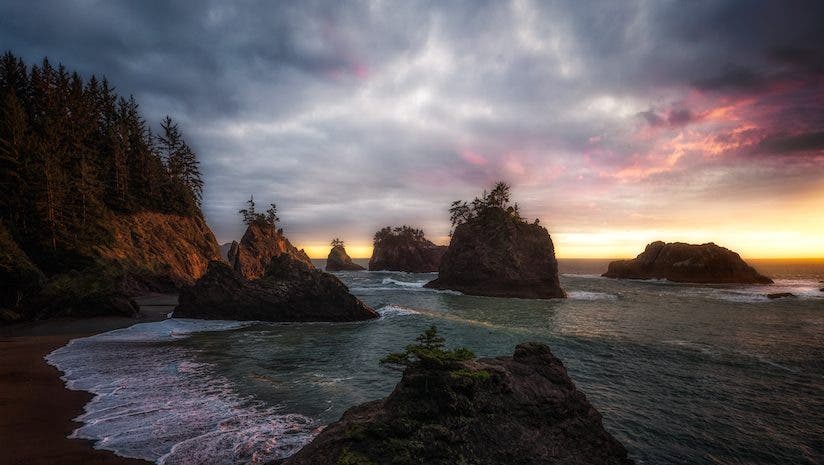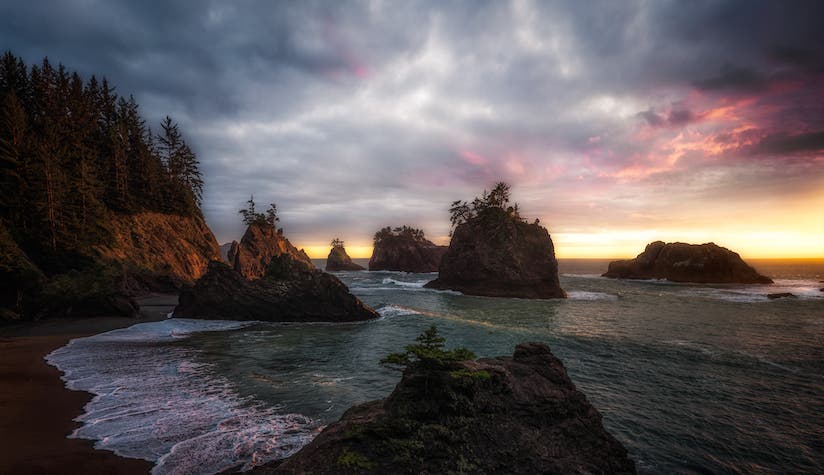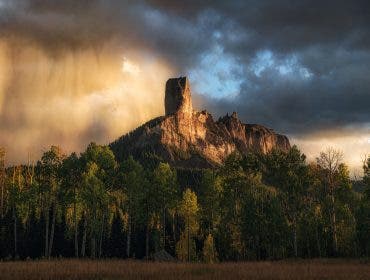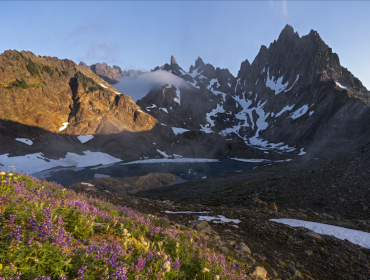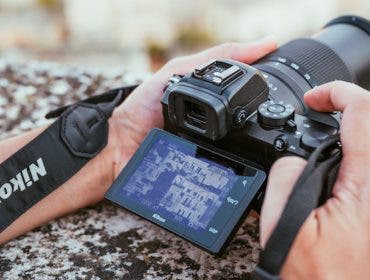In general, landscape photography is challenging. Ocean photography can be even more challenging. With conditions that are always changing, like the weather and the tide, there is a lot to think about when photographing the ocean. Although, these nine tips will help make sure that you capture some amazing images of the ocean.
Tips for Ocean Photography
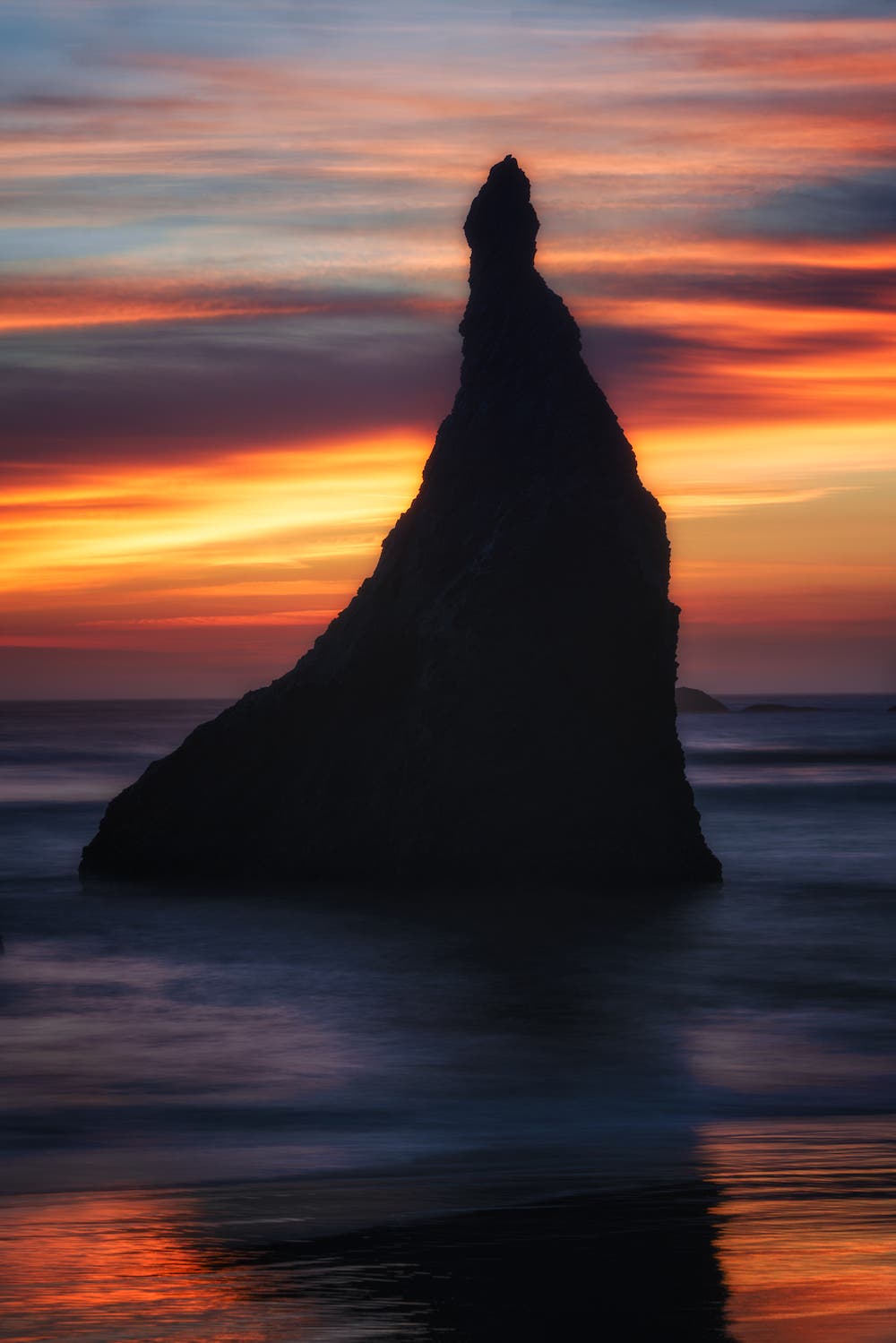
Shutter Speed is Important
With so many moving conditions, your shutter speed is very important when photographing the ocean. Decide whether you want to use a slow shutter speed to capture the movement of the waves, or a faster shutter speed to freeze the waves.
If you are trying to use a slower shutter speed to capture the movement of the waves, experiment with many different shutter speeds to see how the waves appear at different speeds. A good place to start is around one second.
If you want to freeze the motion of the waves, try using a shutter speed of 1/200 of a second or faster. I generally try to avoid using a shutter speed between a half of a second and 1/100 of a second because this will usually make your waves appear blurry.
Use a Sturdy Tripod
A sturdy tripod is always a nice thing to have, but it is especially important in ocean photography. Around the ocean, you’re more likely to experience high winds that could potentially knock your tripod over. Also, if you are photographing in the water, you want to make sure that a wave can’t knock your tripod over. Once you get home, be sure to clean your tripod with water to get the sand out. Sand and your tripod are not friends, and you want to be sure to remove any that could get stuck inside the tripod.
Bring a Telephoto Lens
A telephoto lens is a great tool to have when at the ocean. You may see sea life in the distance, or want to focus on a subject that is very far away. Using a telephoto lens is a great way to capture great photos of sea stacks and wildlife that may be out in the ocean.
Use a Microfiber Cloth to Clean Your Lens Frequently
At the beach, water from the crashing waves can easily get blown around. You need to be sure to wipe your lens with a microfiber cloth very frequently in order to keep it clear from water spray. Also, salt water can leave a residue on your lens if not wiped off promptly, so make sure you have a few microfiber wipes to use at all times.
Use a Polarizing Filter
A polarizing filter is going to help you cut glare off of the water. This will allow you to capture more of the true color of the ocean and better see the detail in the sand or nearby rocks. A polarizing filter is an absolute essential when shooting anywhere around water, but especially in ocean photography.
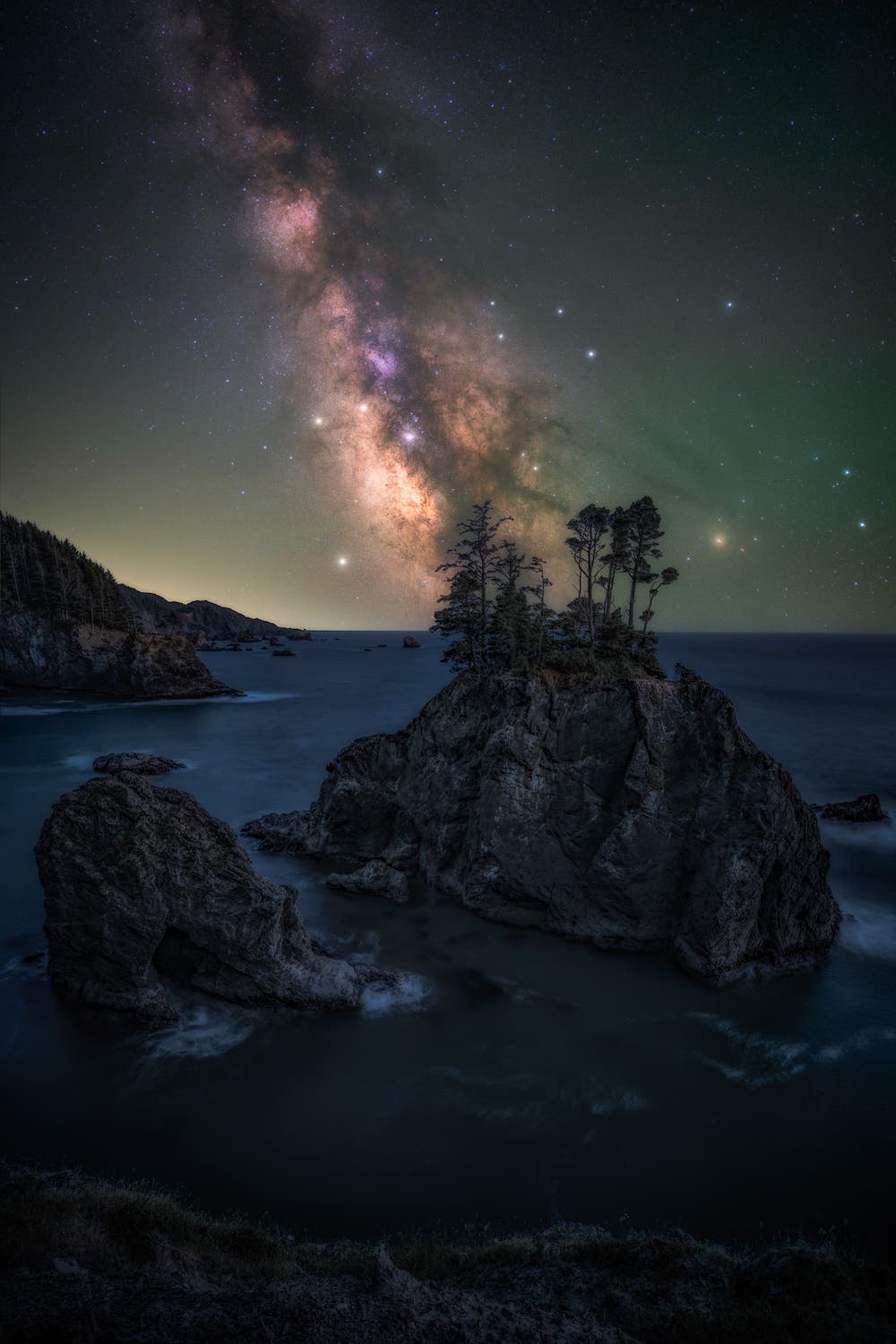
Get Up Early, Stay Out Late
The ocean photographs best during golden hour, which is the hour right after sunrise and the hour before sunset. This is because the sun is low in the sky, which creates some amazing light along the ocean. This is also the best time to catch great color in the clouds. Consider arriving to the ocean an hour early before sunrise, and a couple hours before sunset to give yourself ample time to explore around the ocean and find a great composition. Don’t be afraid to shoot into the sun if the opportunity presents itself!
Keep The Horizon Straight
At the ocean, you can usually see the horizon in the distance. If you can, it’s very important to line up the horizon so it appears straight in your image. In ocean photography, it is very apparent when the horizon is not straight — meaning that the camera is crooked. This is something that will be very distracting to your viewer. If you happen to forget about this in the field, you can fix this relatively easily when editing your image.
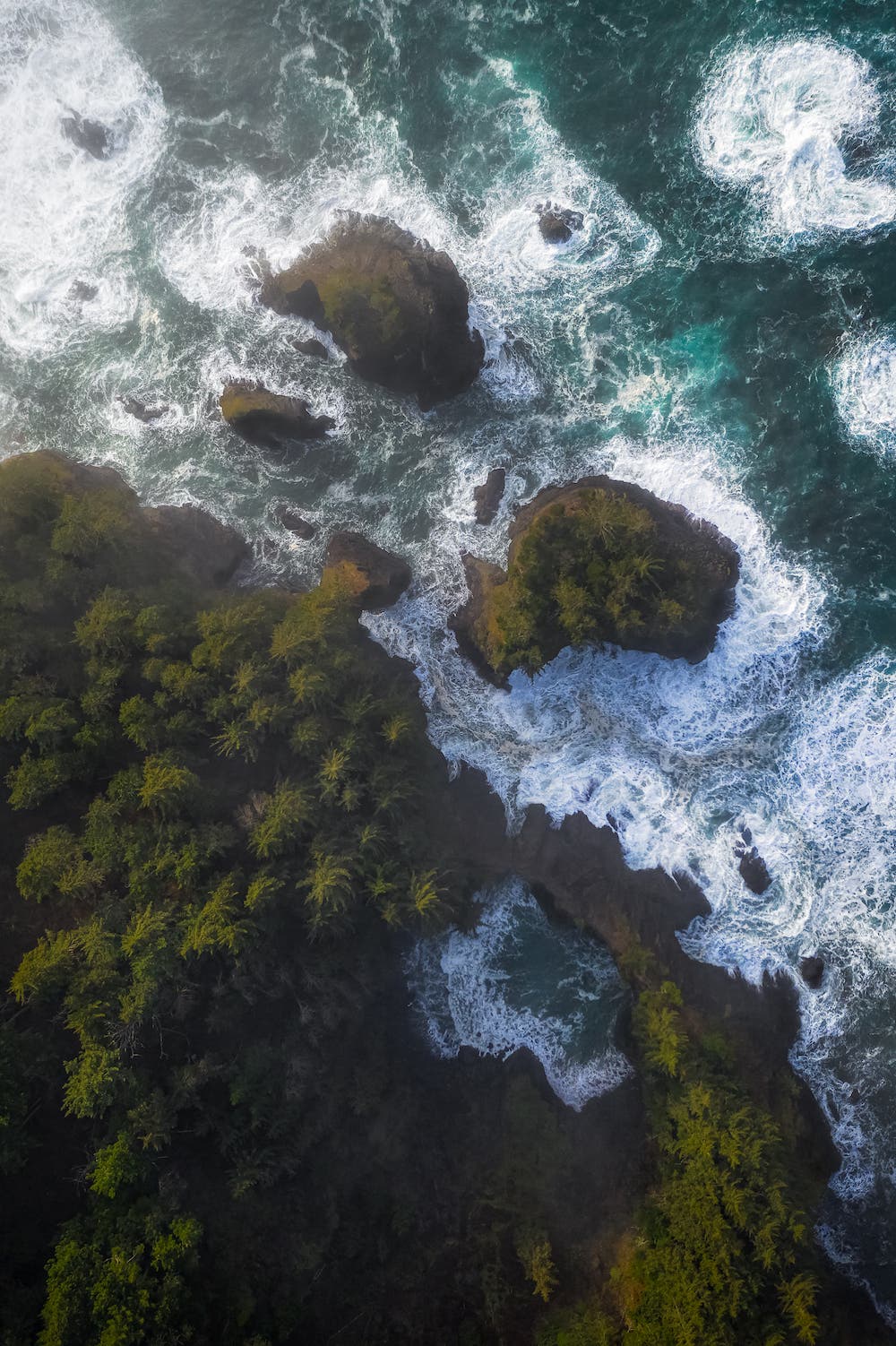
Watch the Tides
When shooting the ocean, you have to be cautious about the tides. If you aren’t familiar, the tide is when the ocean comes in, or goes out. The outgoing tide and incoming tides are around 5.5 hours apart, and usually only vary less than then feet, but this can make a huge difference on the beach. You need to pay attention to the tide for two reasons. First, many of the places you visit on the ocean will look vastly different depending on the tide. Some spots photograph better at low tide, whereas others may photograph better at high tide. Secondly, the tide is important because you can get stranded if you wander out too far and the tide comes in.
Don’t Be Afraid to Get Wet
Finally, don’t be afraid to get wet and have fun with it. The ocean is a great place to photograph and oftentimes, you can find great compositions when knee or ankle deep in the water. Of course, be careful handling your camera when in the water, but look out for the way the water crashes over the rocks to be a good foreground for your image.
The ocean is a fantastic place for photography. As always, the best way to capture great photos is to get out there and have fun with it!
